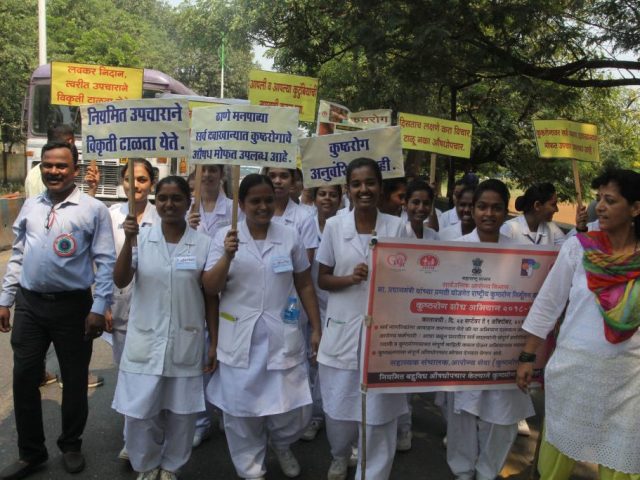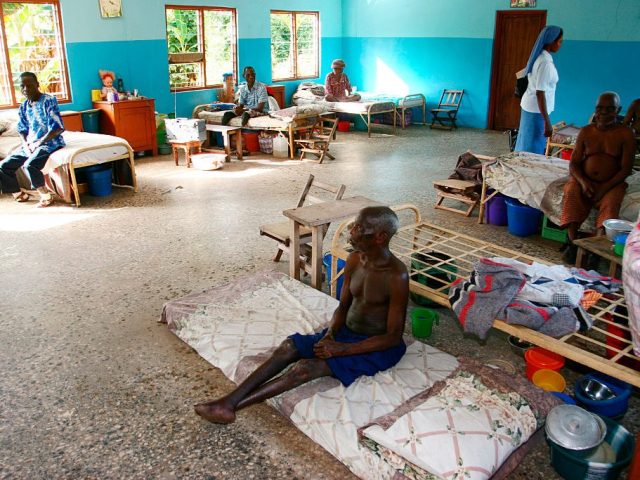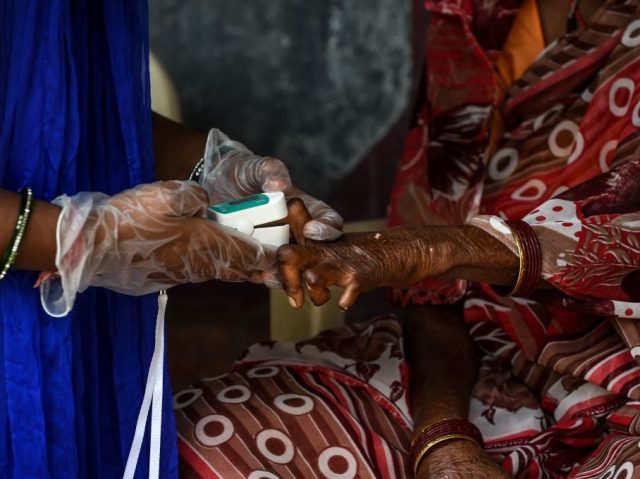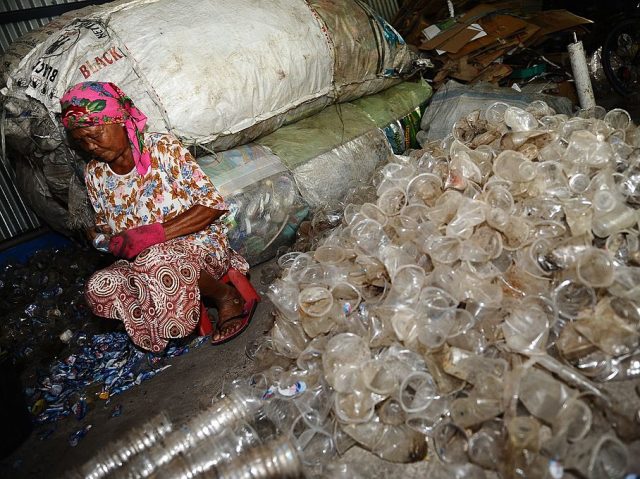Leprosy is an ancient disease that many may associate with a bygone era. In some of the most populous areas of the world, however – such as Nigeria and India – the disease continues to proliferate, forcing victims to live on the margins of society in leprosy colonies.
The nations with the highest number of new leprosy diagnoses in 2019 were India, Brazil, and Indonesia, according to a January 2021 report by the U.S. Centers for Disease Control and Prevention (CDC). The public health agency noted at the time that more than half of all new global cases of the disease were recorded in India. This statistic remained accurate in late January when Asian News International (ANI) observed that India “still accounts for over half (almost 60 per cent) of the world’s new leprosy patients.”
India produces a majority of the world’s new leprosy cases in large part due to its extreme levels of poverty, a socioeconomic phenomenon closely tied to the disease. The South Asian country is home to one-third of the world’s poor.

Nurses and doctors participate in a rally to create awareness about leprosy organised by Thane Civil Hospital, on October 3, 2018 in Mumbai, India. The rally started from civil hospital to Thane station. (Photo by Praful Gangurde/Hindustan Times via Getty Images)
The CDC explains why leprosy, or Hansen’s disease, disproportionately affects impoverished people, writing:
Hansen’s disease mainly affects people in resource-limited countries, especially those who live in crowded conditions. Many have difficulty accessing health care due to high costs of going to the doctor and long distances to reach providers and clinics familiar with Hansen’s disease. Because of this, many of those affected don’t complete treatment or don’t receive it at all, even though the WHO has a program that provides free treatment.
Due the continued stigma against people with Hansen’s disease, they may not seek help when first symptoms appear, causing delay in diagnosis and development of disabilities.
Social stigmas around leprosy persist within the cultures most affected by the disease today, including those in India and Nigeria. Both nations are home to leper colonies that confine people — including, in India, some individuals who have never contracted the disease but are merely associated with others who have been diagnosed with leprosy — to a life without a steady income or human interaction.
“There are 64 leprosy settlements across Nigeria but most are in varying states of disrepair as government support dries up, leaving them to their own devices,” Al Jazeera reported on June 29.

Nigeria, Ossiomo. Care of sick people with leprosy by the German Leprosy and Tuberculosis Relief Association. (Photo by Markus Matzel/ullstein bild via Getty Images)
The Qatari news outlet recently sent reporters to visit one such settlement in Nigeria’s central Kwara state where they interviewed a resident of the colony named Abigail Olaiya. The 70-year-old woman said she had lived in the leprosarium for almost three decades because her condition meant she was unable to secure stable work.
“Founded in 1943 by Canadian missionaries who ran it till the late ‘70s, the Omu-Aran facility is now in the trust of the Evangelical Church Winning All (ECWA) mission. Given the individual and institutional neglect of people with leprosy, the 65 people it houses continue to stay there in perpetuity,” Al Jazeera noted.
The news outlet described the current state of leprosy in Nigeria on June 29, writing:
Every year, more than 200,000 people are infected with leprosy globally; Nigeria records 1,000 new cases annually, according to a statement by the health minister this February. But there is no available data on the total number of people living with leprosy in Nigeria because “there is no actual curation”, according to the Leprosy Mission Nigeria.
A representative for the Nigeria Centre for Disease Control also told Al Jazeera they do not have that figure.
The World Health Organization (W.H.O.) recorded 127,558 new leprosy cases globally in 2020, according to a January report by the U.N. agency.

A ‘Covid-19 Awareness Project’ volunteer (L) uses an oximeter to check on a patient infected with leprosy as part of a general health checkup for all inmates at the Gandhi Leprosy Seva Sangh rehabilitation centre, in Ahmedabad, Gujarat, India, on October 11, 2020. (SAM PANTHAKY/AFP via Getty Images)
“Leprosy is a chronic infectious disease caused by a bacillus, Mycobacterium leprae. M leprae multiplies slowly and the incubation period of the disease, on average, is 5 years,” the W.H.O. noted at the time
The disease largely affects a person’s skin, peripheral nerves, eyes, and mucosa of the upper respiratory tract. Leprosy is curable if treated early through multidrug therapy.
“Leprosy is likely transmitted via droplets, from the nose and mouth, during close and frequent contact with untreated cases. Untreated, leprosy can cause progressive and permanent damage to the skin, nerves, limbs, and eyes,” according to the W.H.O.

COMMENTS
Please let us know if you're having issues with commenting.